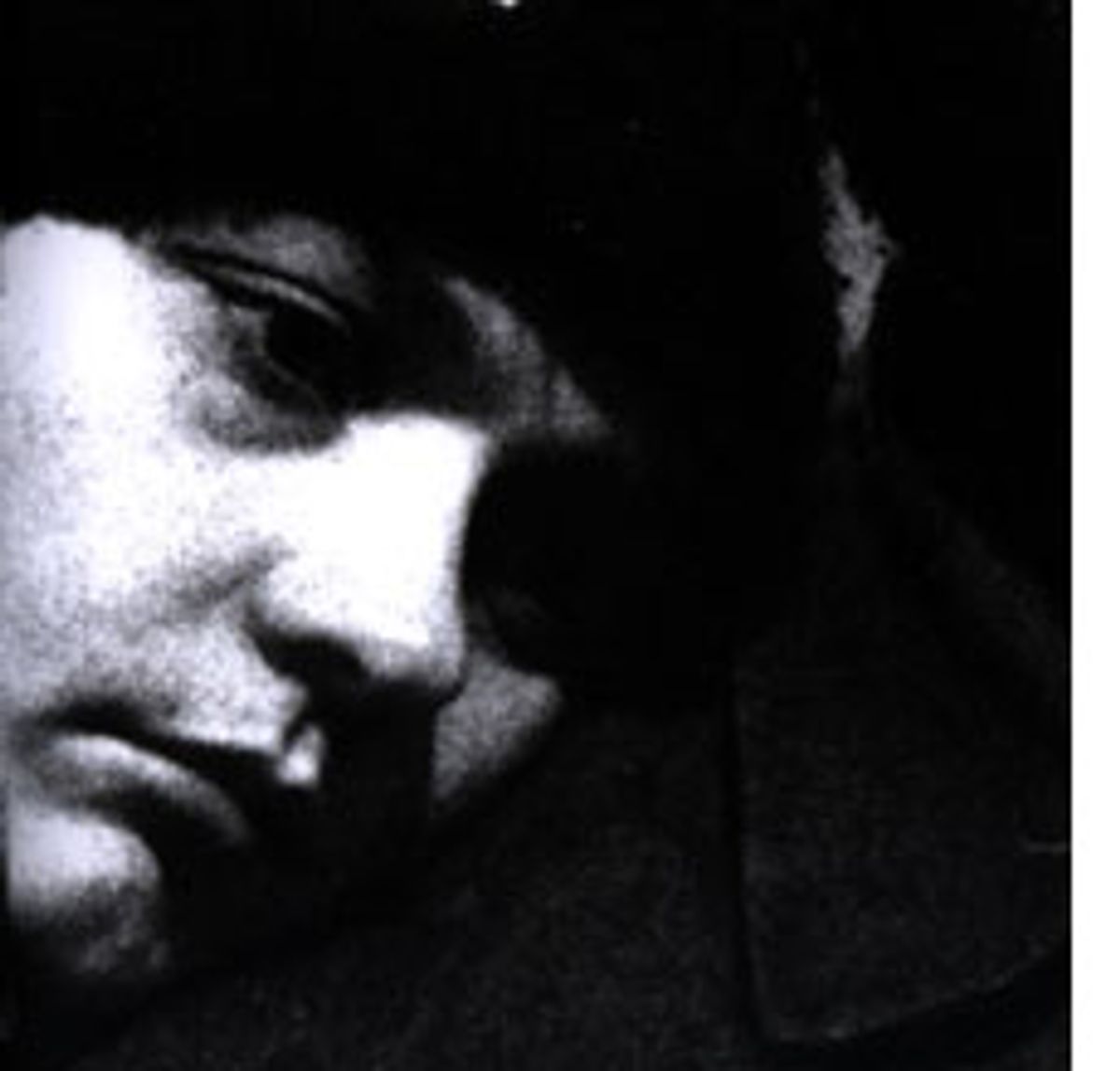Jane Evelyn Atwood spent 10 years photographing women in 40 different prisons, jails, detention centers and penitentiaries in nine countries. Some of what she learned, she learned from research: The U.S. female prison population has grown 10.2 percent annually since 1985 (compared with 6.1 percent for the male population); nearly 80 percent of incarcerated women have children; sentences for women are generally longer than those for men -- for the same crimes; and 89 percent of female inmates are in prison for nonviolent crimes.
Much of what Atwood learned came from watching and listening as she photographed, often living in the facilities where she worked: "From the very beginning, I was struck by how needy women prisoners are," she writes. "They have been beaten down not only by the ignorance, poverty and shattered family life that pervade the backgrounds of most male inmates, but also by years, often lifetimes, of physical and sexual abuse at the hands of men."
One woman was forced by her husband to set the alarm clock to have sex with him three times a night. After years of the drill, she killed him. Another woman's husband was shot by their daughter after he had stabbed the girl in the arm as a "souvenir," poured hot coffee on his wife's head because she hadn't mixed in sugar and urinated all over the living room floor when one of the children had refused to come out of the bathroom. The mother was serving time for "failing to come to the husband's aid." Writes Atwood, "I listened to their stories and left with one thought: 'I have to tell people about this.'"
In "Too Much Time," a collection of Atwood's work published this month by Phaidon Press, she includes with her photos the words of women prisoners and prison administrators, first-person accounts of life before prison and life behind bars. "The strategy used in women's prisons now is one of humiliation rather than rehabilitation," she writes. "Women who have been broken on the outside continue to be treated like second-class citizens when locked up." They give birth in handcuffs; they are chained at the ankles and made to work on highways.
"Look at the women in these pages," writes Atwood, a photojournalist with numerous awards, including the W. Eugene Smith Award, two grants from the French Ministry of Culture, a Hasselblad Foundation grant and the Oscar Barnack Award. "These are the women we have turned our backs on."



Shares